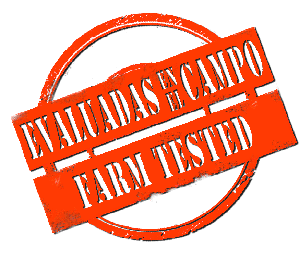Determinants of Stress, Fatigue, and Injury Risk for Loggers and Log Truck Drivers
Loggers and log truck drivers are at high risk for fatigue and stress, due to long working hours and high job demands. Few studies have characterized the determinants of fatigue, risks, and solutions for this vital workforce.
Project Overview


